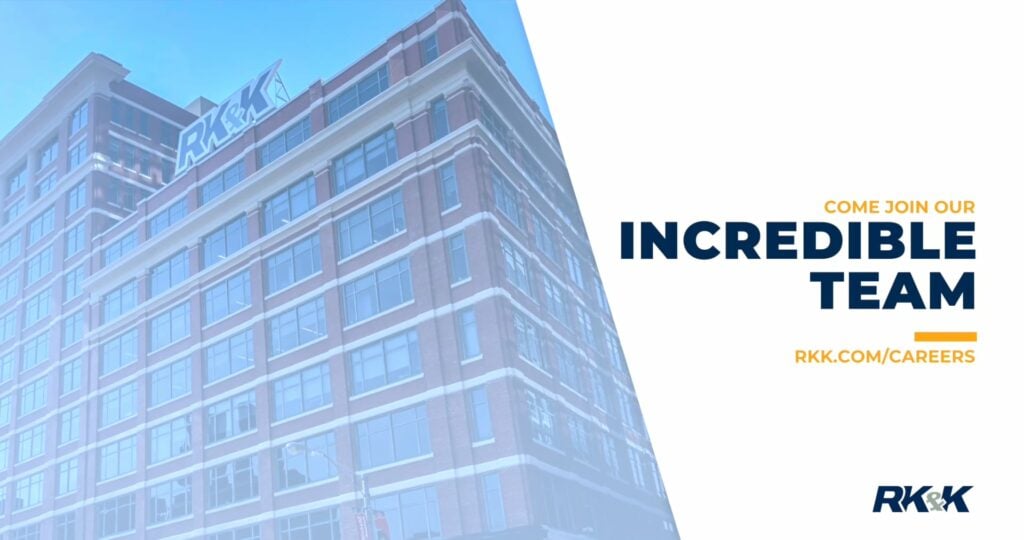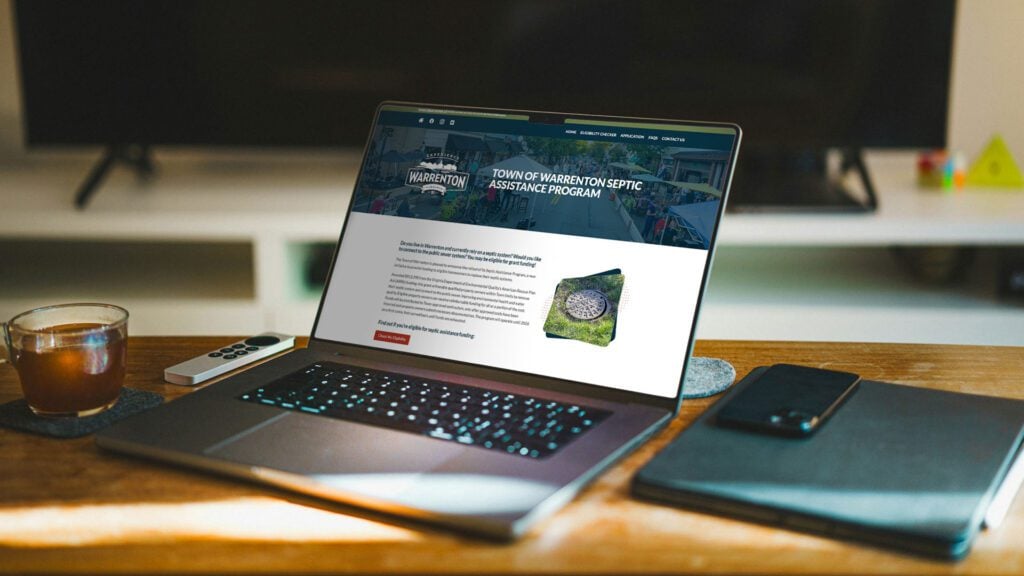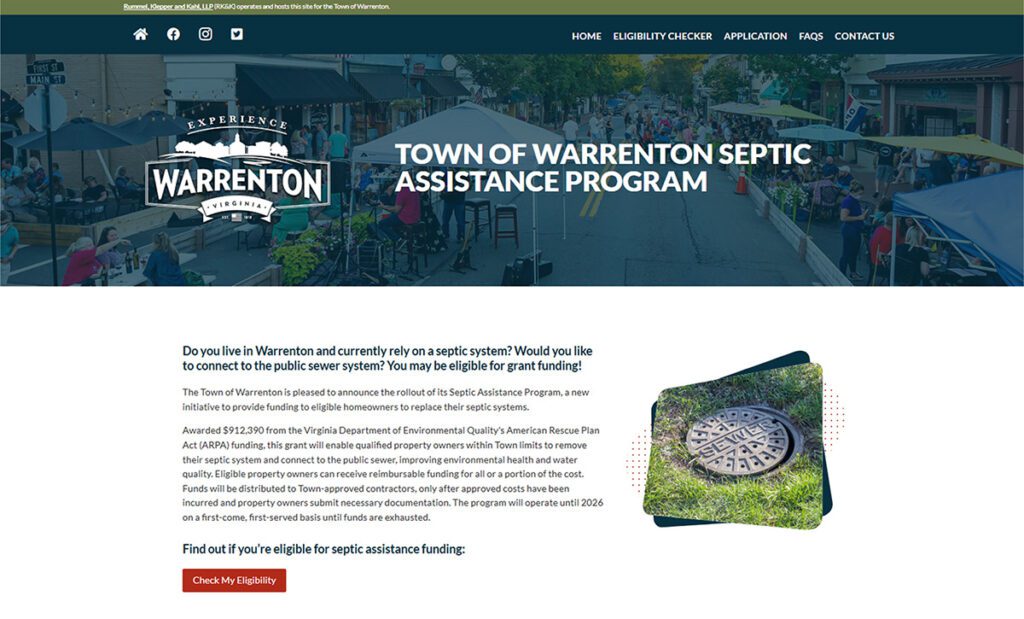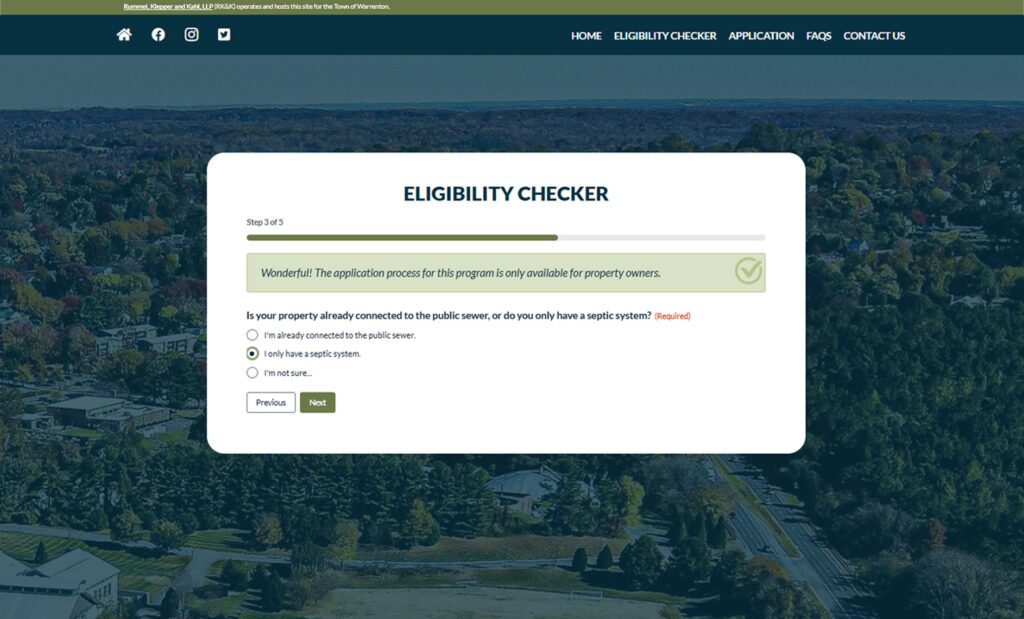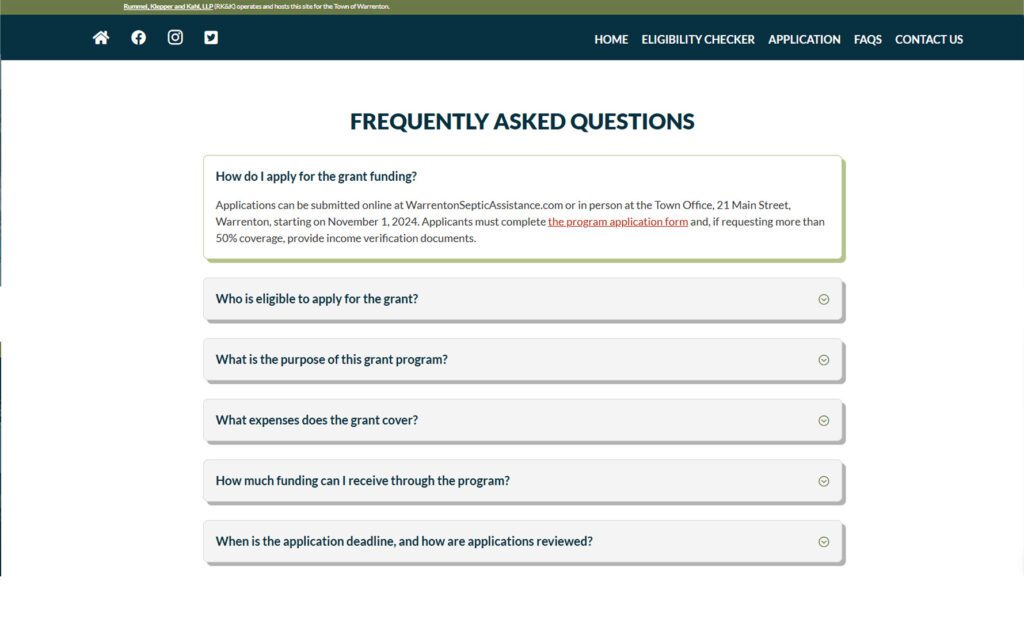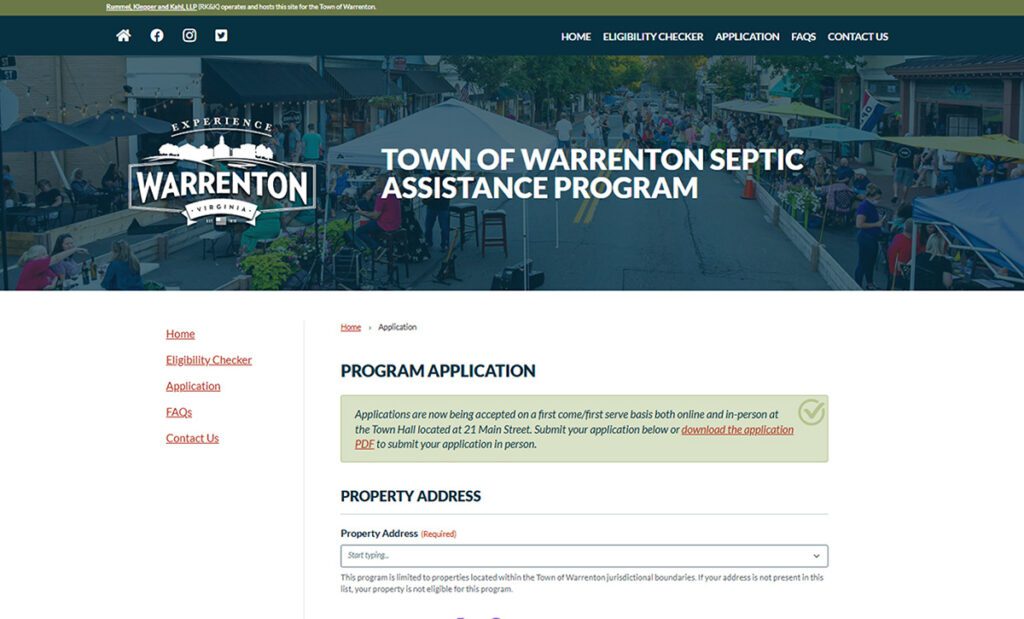July 26 marks National Disability Independence Day, which commemorated the signing of the Americans with Disabilities Act (ADA) in 1990. This landmark law affirmed equal rights and access for people with disabilities across the United States. For firms like RK&K, working at the intersection of engineering, infrastructure, and public engagement, this day is a reminder of our responsibility to create environments, tools, and content that serve everyone.
In the Architecture, Engineering, and Construction (AEC) industry, accessibility has long focused on physical infrastructure, including curb ramps, elevators, and accessible entrances. But today, digital accessibility is just as critical. The websites we launch, the documents we share, and the tools we use to engage the public must be built with inclusion in mind from the start.
What Does Digital Accessibility Actually Mean?
At its core, accessibility means designing digital experiences (e.g.: websites, PDFs, apps, forms, videos) that are usable by people of all abilities, including those who rely on screen readers, alternative input devices, or other assistive technologies.
Accessible design ensures that:
- Text can be read by screen readers,
- Forms can be completed using only a keyboard,
- Color isn’t the only way information is conveyed,
- Videos include accurate captions,
- And content is clear, navigable, and structured logically.
Why Does Digital Accessibility Matter?
There are three key reasons accessibility must be a priority:
- It’s the right thing to do – Equal access is a civil right.
- It benefits everyone – Features like closed captions, mobile responsiveness, and clear navigation improve usability for all users.
- It’s required by law – Federal accessibility laws are tightening, and compliance is no longer optional.
Let’s break down those legal obligations.
Section 508: Federal Accessibility Compliance
Section 508 of the Rehabilitation Act requires that all digital content produced by federal agencies, or by organizations receiving federal funding, be accessible to individuals with disabilities. This includes websites, software, emails, reports, and more.
Key requirements include:
- Content must meet WCAG 2.0 Level AA standards.
- PDFs and digital documents must be tagged for screen readers.
- Multimedia (audio/video) content must include captions and transcripts.
- Websites must be functional without a mouse.
Failing to meet accessibility standards can lead to audits, lost contracts, or legal consequences. More importantly, it creates barriers that exclude people.
ADA Title II: Raising the Bar
In April of 2024, the Department of Justice updated Title II of the ADA to clarify digital accessibility obligations for state and local governments. For the first time, it requires that public-facing digital content meet WCAG 2.1 Level AA standards and sets specific compliance deadlines:
- Large entities (population 50,000+) must comply by April 24, 2026.
- Smaller municipalities and special districts have until April 26, 2027.
That means local governments, including the consultants and contractors who work with them, must start assessing and remediating digital content now.
WCAG: The Global Standard for Accessibility
The Web Content Accessibility Guidelines (WCAG) are widely recognized as the global benchmark for digital accessibility. These guidelines are built on four foundational principles that define what accessible content must be:
- Perceivable: Information must be presented in ways users can process, such as including alternative text for images so that screen readers can describe them.
- Operable: All functionality should be accessible without a mouse, allowing users to navigate with a keyboard or assistive device.
- Understandable: Content must be clear, consistent, and easy to follow, avoiding confusion or disorientation.
- Robust: Digital content should work reliably across current technologies and adapt to future tools and platforms.
To meet WCAG 2.1 Level AA standards, websites and digital materials must satisfy specific criteria. These include maintaining strong color contrast between text and background, ensuring that content remains usable when zoomed up to 200%, and making sure all interactive elements are accessible by keyboard. In addition, captions and transcripts must accompany audio or video content, and all forms should have properly labeled fields and provide clear, actionable error messages.
These aren’t just technical guidelines, they’re practical steps toward building digital experiences that include everyone.
How RK&K Is Leading by Example
At RK&K, accessibility is a pillar of our digital strategy. Whether we’re building project websites or urban streetscapes, we ensure that inclusivity is part of the conversation from the very beginning.
One example: our work on the Town of Warrenton’s Septic Assistance Program website. From keyboard-friendly navigation and alt-texted images to strong color contrast and responsive design, the site was built to meet WCAG 2.1 standards, ensuring that all users can learn about and apply for the program with confidence.
Getting Started: The 3 R’s
Whether you’re a public agency, private firm, or somewhere in between, here’s our roadmap for improving accessibility:
- Review – Audit your current digital presence using automated tools and manual testing to identify accessibility issues.
- Remediate – Fix common barriers: add alt text, restructure forms, improve contrast, and tag documents.
- Rebuild – When systems are outdated or inaccessible by design, start fresh with accessibility built into every layer.
Final Thoughts
Accessibility is not just about compliance, it’s about independence. It’s about giving everyone the ability to access, understand, and participate fully in the world around them.
On National Disability Independence Day, we’re reminded that accessible design is inclusive design. If your organization needs help making your digital content more accessible, RK&K is here to support you. From audits and remediation to full website rebuilds, we bring expertise, empathy, and compliance together to create solutions that work for everyone.

